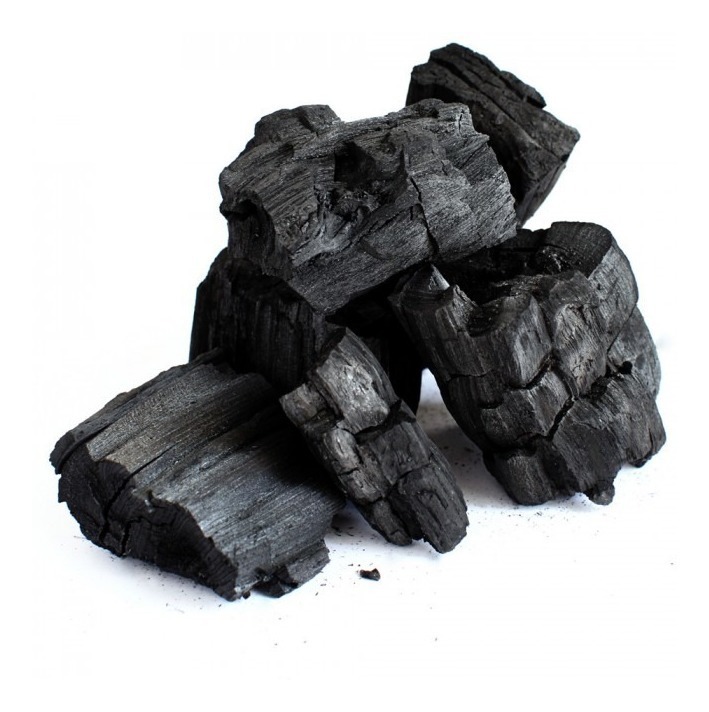When contemplating the essence of matter, one often grapples with the fundamental building blocks of the universe. At the heart of this inquiry lies carbon, a quintessential element that plays a pivotal role in both organic and inorganic chemistry. The question arises: is carbon an atom or a molecule? This inquiry serves as a gateway to a deeper understanding of chemical structures, elemental attributes, and the very nature of life itself. Delving into this question reveals not only the scientific facts but illustrates the profound implications carbon has on various scientific domains.
Carbon, symbolized as C on the periodic table, is an atom, specifically classified as a nonmetal. Structurally, it holds an atomic number of 6, indicating that it possesses six protons in its nucleus, accompanied by a variable number of neutrons and electrons. As a primary constituent of numerous compounds, its unique properties stem from its atomic configuration. The versatility of carbon is notably attributed to its tetravalent nature, allowing carbon atoms to form four covalent bonds with other atoms, leading to an extensive array of molecular structures.
Molecules, on the other hand, are entities formed when two or more atoms bond together. These atoms can either be the same element or different ones, constituting compounds. When carbon atoms bond with hydrogen, oxygen, nitrogen, or other elements, they can create molecules ranging from simple hydrocarbons to complex organic compounds such as proteins, carbohydrates, and nucleic acids. At this juncture, it becomes distinctly clear that while carbon in its pure form is an atom, it can readily elevate its status to that of a molecule upon forming chemical bonds.
The fascination with carbon extends beyond its basic classification. The element is a cornerstone of organic chemistry. The very structure of living organisms is predicated upon carbon-based molecules. For instance, the carbohydrate glucose (C6H12O6) illustrates how carbon can team up with other elements, creating a fundamental energy source for cellular processes. Additionally, the diversity of carbon compounds is staggering; it is estimated that there are over 10 million carbon-containing compounds, a figure that underscores the element’s prolific nature in chemical reactivity and bonding.
Venturing deeper into the realm of carbon reveals both allotropic forms and molecular complexities. Carbon exists in several allotropes such as graphite, diamond, and fullerenes. Each allotrope exhibits unique physical properties derived from the arrangement of carbon atoms—a captivating manifestation of how atomic structure can influence macroscopic attributes. For example, diamond, celebrated for its unparalleled hardness, manifests a tetrahedral lattice structure, whereas graphite displays a planar arrangement that facilitates electrical conductivity. This duality enhances the allure surrounding carbon, emphasizing its adaptability and relationship with molecular bonding.
Selecting between graphite and diamond further reflects on the significance of molecular geometry and intermolecular forces, illuminating a crucial aspect of carbon chemistry. Both allotropes illustrate how variations in atomic arrangements affect physical characteristics and functionalities. This phenomenon is not merely academic; it is foundational to numerous industries, ranging from electronics to materials science.
The implications of carbon extend well into environmental and biological realms as well. In the context of global climate change, carbon exists in two significant forms: inorganic carbon dioxide (CO2) and organic carbon compounds. The anthropogenic emissions of CO2 are at the forefront of climate issues, underscoring the element’s dual role as both a natural atmospheric component and a target for mitigating climate change. This observation transforms carbon from mere atoms and molecules into symbols of ecological stewardship and sustainability.
At the molecular level, carbon’s involvement doesn’t halt with the formation of simple molecules. Complex biochemical reactions, facilitated by enzymes, invoke carbon’s presence in metabolic pathways. Through these pathways, carbon provides the framework for cellular respiration and energy conversion processes, crucial for sustaining life forms on Earth. This biochemical diligence positions carbon as not only a structural atom but as an essential participant in life-sustaining reactions, rendering it a subject of prolific study in biochemistry.
In addition to its foundational role in biological systems, carbon also holds significant cultural and historical relevance. The discovery of carbon compounds has heralded transformative shifts in various fields—from the development of synthetic materials, such as plastics and pharmaceuticals, to advances in nanotechnology. New carbon allotropes, such as graphene, illustrate the material’s potential in future innovations, broadening the horizons of physics and engineering.
In conclusion, while carbon is first and foremost an atom, its propensity to combine with other atoms culminates in an astounding variety of molecules that are the sinews of chemical and biological life. Carbon’s unique properties, versatility, and ubiquity underscore its significance in numerous scientific inquiries, from the atomic scale to grand ecological systems. The interplay between its atomic and molecular states encapsulates a narrative of bonding and structure, highlighting carbon’s integral role in both the micro and macrocosm of our universe.












